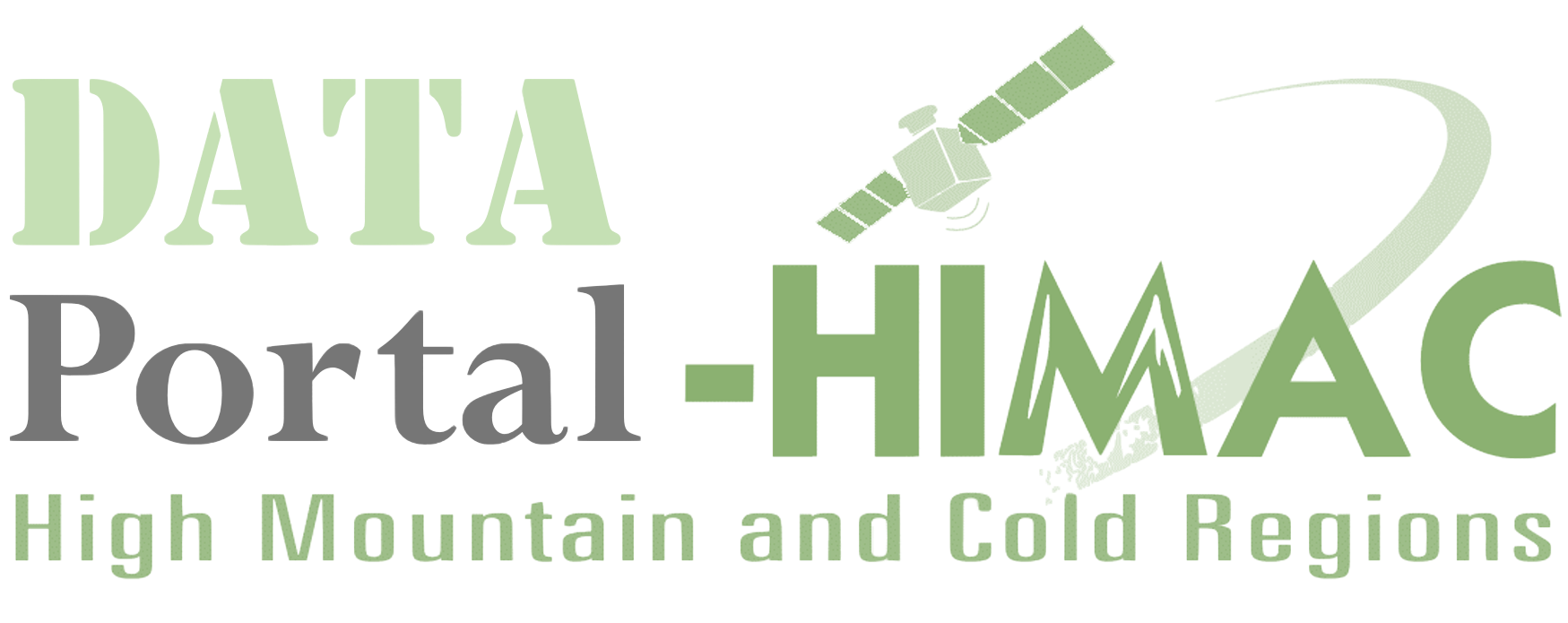You're currently viewing an old version of this dataset. To see the current version, click here.
[NSIDC]High Mountain Asia Data
Data and Resources
-
[NSIDC]High Mountain Asia DataXML
High mountain Asia stretches from the Tian Shan and Hindu Kush in the...
Additional Info
| Field | Value |
|---|---|
| Source | https://nsidc.org/data/highmountainasia |
| Maintainer | University of Colorado |
| Last Updated | May 26, 2021, 02:20 (UTC) |
| Created | June 9, 2020, 01:56 (UTC) |
| Contact(s) | nsidc@nsidc.org |
| Country | USA |
| Data Policy | 1:元数据和数据格式标准: NSIDC将在其数据管理实践中使用公认的标准。由NSIDC存档和分发的数据集将符合NSIDC标准格式。SMT将定期审查这些标准并根据需要进行更新。如果NSIDC接受的数据不是首选格式,则相关程序或指定的联系点应检查转换为首选格式的成本,以确保一致性,可用性和长期访问权限。 2:数据集文档: NSIDC要求所有数据都具有某种形式的元数据和描述数据的文档。格式可以包括以下内容: 元数据记录和摘要文档:当资源和商定的服务水平允许时,NSIDC根据PI随其数据提交的信息为发布的数据集生成两种类型的数据集文档:(1)数据交换格式(DIF)文件和(2)摘要文件。 档案记录:实物收藏可以在适用于那些对象(照片,纸质记录等)的标准下进行描述,并在独立的模拟档案系统中维护。某些类型的数据,根据访问和隐私要求,这些记录也可以根据不同的标准进行开发,并且可能会或可能不会公开提供。 旧版数据:对于NSIDC在元数据系统和标准之前获取的一些较旧的数据集,可以在物理文件夹或数字化文档中维护其他文档。 3:封存政策: NSIDC维护档案的灾难和恢复计划,并为员工提供持续的培训。万一自然或人为的灾难破坏了NSIDC存档的任何模拟数据集,工作人员将立即实施数据恢复工作。这些努力将尝试抢救和修复尽可能多的材料,尤其是原始档案材料。 4:资料的存取: NSIDC使其数据尽可能广泛和快速地可用。NSIDC遵循最佳实践并遵守计划要求。可以通过在线目录或联系用户服务办公室来访问NSIDC数据集。NSIDC还为其他门户网站和存储库提供元数据,从而增加了用户查找数据的途径。 |
| Discovery and Access | Users may search for data in NSIDC's entire online data catalog using the NSIDC Data Search tool |
| Institution name | University of Colorado Boulder |
| Sharing principle | 数据费用:根据数据提交的条款,获得某些NSIDC产品的访问权或副本可能需要付费。数据集文档中向潜在用户明确了收费情况。 发行限制:数据提供者:在将数据存放到NSIDC时,将在NSIDC和数据提供者之间协商对数据访问的限制。通常,对此类限制设置了时间限制,以维护NSIDC的免费访问策略。 非商业用途协议:某些NSIDC数据带有限制,将其限制用于非商业目的。该信息在数据集文档中提供,并且在向用户提供数据之前向用户明确。通常,用户必须先填写同意这些限制的表格,然后才能允许访问。 版权: NSIDC持有的大多数数据都是政府资助的,并且属于公共领域。NSIDC存档一些没有分发权限的数据。NSIDC在数据集文档中使潜在用户清楚地知道了版权限制,并将用户转给版权所有者以获取其他权利。 计划数据:根据计划,NSIDC数据可能基于时间和/或成员资格等条件而具有访问限制(例如,XYZ数据仅在第一年仅限科学团队成员使用)。NSIDC与该程序配合使用,以确保满足这些访问限制要求。 |
